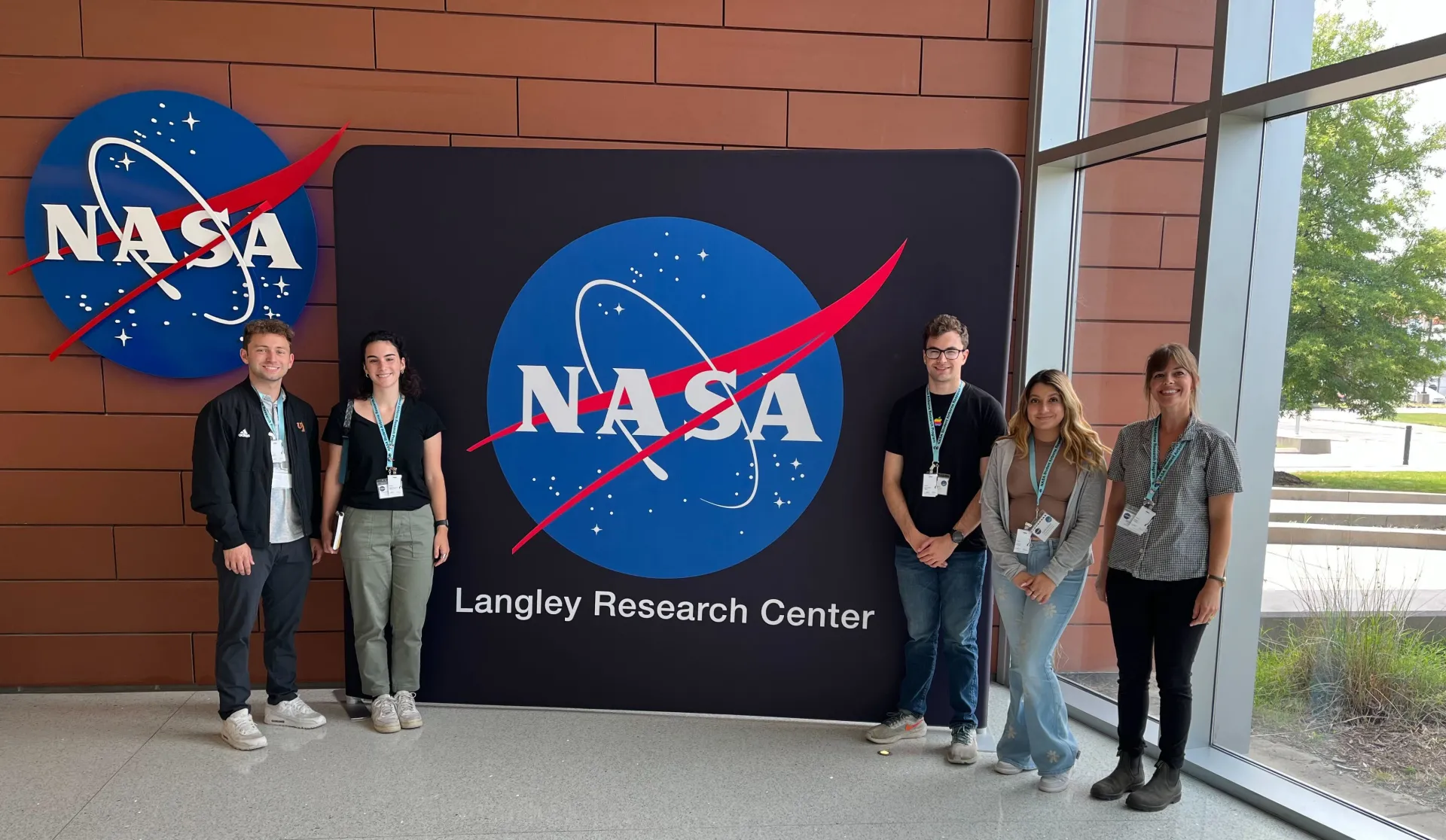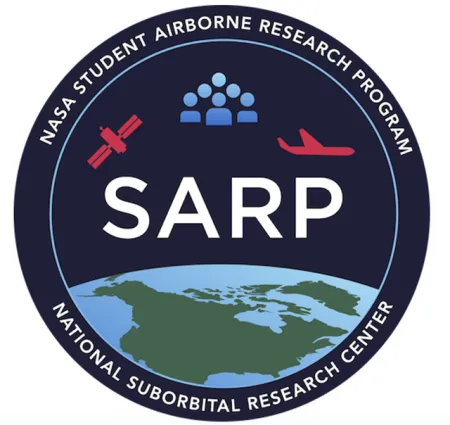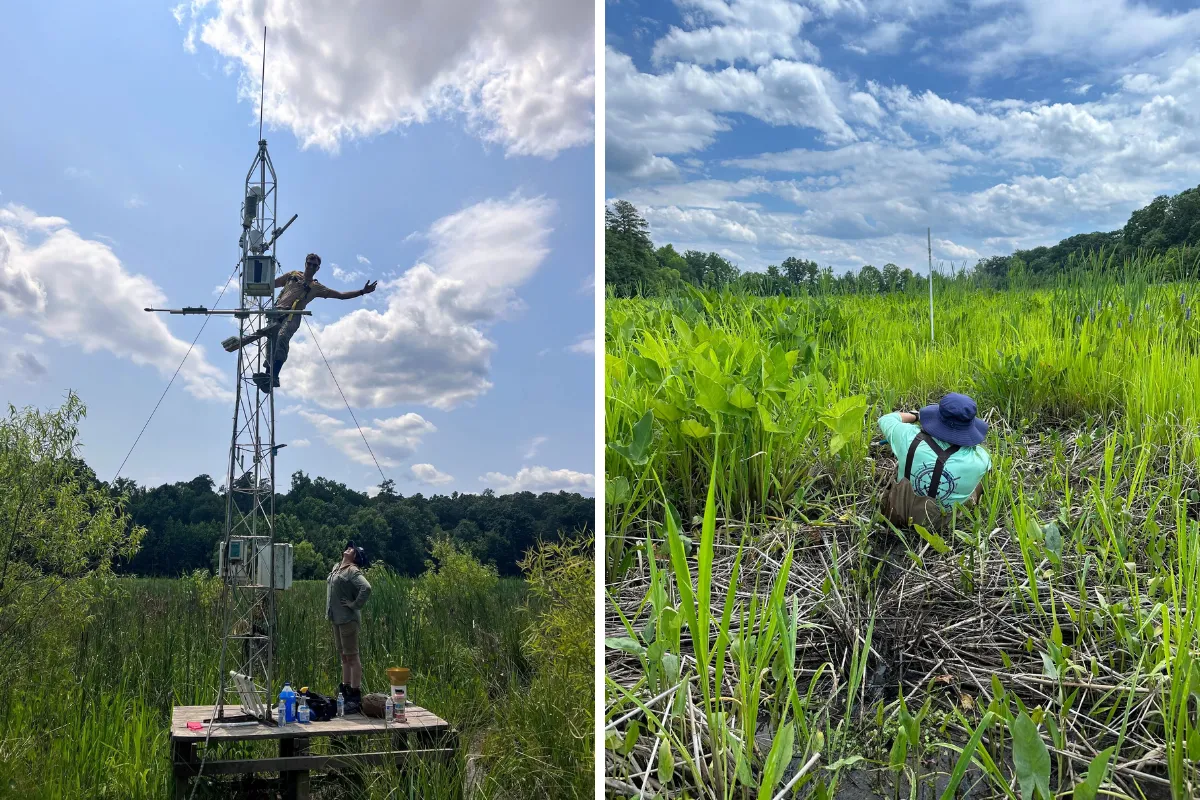While it wasn’t quite space exploration, physics major Matthew Weil ’24 did get to spend a fair amount of his summer hundreds of feet above the earth’s surface, thanks to his time in NASA’s Student Airborne Research Program in Hampton, Virginia.
Established in 2009, the program pairs rising college seniors with NASA scientists and allows them to study and conduct research in crucial scientific fields. Interns have the choice to study land, atmospheric or oceanographic processes. While in the program, interns operate scientific equipment on research aircraft and identify hotspots of air pollution. They then use the data they obtain and report it to local government agencies.


